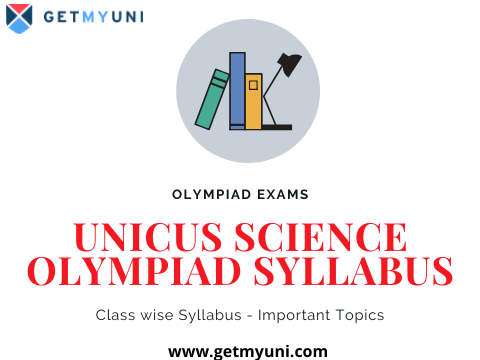|
Class 2
|
- Living and non-living things
- Plants
- Animals
- Human beings and their needs
- Good habits and safety rules
- Air and water
- Weather and the sky.
|
|
Class 3
|
- Living and non-living things
- Plants and animals
- Good habits and safety rules
- Air, water, and rocks
- Weather, earth, and universe
- Human body
- Food
- Housing and clothing
- Family and festivals
- Occupations
- Transport and communication.
|
|
Class 4
|
- Human body
- Our environment
- Food, housing, and clothing
- Family and festivals
- Occupations
- Good habits and safety rules
- Air, water, and rocks
- Earth and universe
- Plants and animals
- Birds
- Transport and communication
- Matter and materials
- Light, sound, and force.
|
|
Class 5
|
- Plants and animals
- Birds
- Housing and clothing
- Transport and communication
- Human body
- Earth and universe
- Matter and materials
- Light, sound, and force
- Our environment
- Food and digestion
- Force, work, and energy.
|
|
Class 6
|
- Plants and animals
- Food and clothing
- Natural resources and calamities
- Matter and materials
- Force, work, and energy
- Our environment
- Earth and universe
- Human body and health.
|
|
Class 7
|
- Human body and health
- Natural resources and calamities
- Earth and universe
- Food and its component
- Fiber to fabric
- Sorting and separation of materials
- Matter and changes around us
- Living organisms and their surroundings
- Motion and measurement of distance
- Light, shadows, and reflection
- Electricity and circuits
- Fun with magnets
- Our environment.
|
|
Class 8
|
- Food and its components
- Fiber to fabric
- Sorting and separation of materials
- Living organisms and their surroundings
- Fun with magnets
- Our environment
- Nutrition, transportation, and respiration in plants and animals
- Heat and light
- Acids, bases, and salts
- Physical and chemical changes
- Weather, climate, and adaptations of animals to climate
- Winds, storms, and cyclones
- Natural resources and their conservation; reproduction in plants
- Motion, measurement of distances and time; electric current and its effect.
|
|
Class 9
|
- Synthetic fibers and plastics
- Physical and chemical changes
- Weather, climate, and adaptations of animals to climate
- Natural resources and their conservation
- Nutrition, transportation, respiration, and reproduction in plants and animals
- Motion and time
- Electric current and its chemical effect
- Light, sound, force, and pressure
- Crop production and management
- Micro-organisms
- Synthetic fibers and plastics
- Metals and non-metals
- Coal and petroleum
- Heat, combustion, and flame
- Conservation of plants and animals
- Cell
- Some natural phenomena, stars, and the solar system.
|
|
Class 10
|
- Crop production and management
- Micro-organisms
- Synthetic fibers and plastics
- Metals and non-metals
- Coal and petroleum, combustion and flame
- Conservation of plants and animals
- Reproduction in animals
- Chemical effects of electric current
- Some natural phenomena, stars, and the solar system
- Light, sound, and pressure
- Matter in our surroundings, mixtures, solutions, and colloids
- Atoms, molecules, and structure of an atom
- Cells and tissues
- Diversity in living organisms
- Laws of motion and gravitation
- Force, work, and energy
- Why do we fall ill
- Natural resources
- Improvement in food resources
|
|
Class 11
|
- Matter in our surroundings, mixtures, solutions, and colloids
- Atoms, molecules, and structure of an atom
- Cell and tissues
- Diversity in living organisms
- Laws of motion and gravitation
- Force, sound, work, and energy
- Why do we fall ill?
- Natural resources
- Chemical reactions and equations
- Acids, bases, and salts
- Metals and non-metals
- Carbon and its compounds
- Periodic classification of elements
- Life processes and heredity and evolution
- Light-reflection and refraction
- Electricity and magnetic effects of electric current
- Our environment and its management
- Improvement in food resources
|


